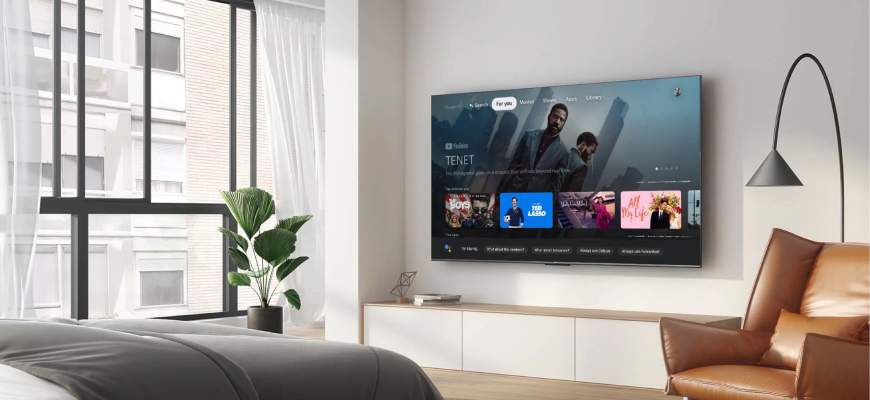Buying a smart TV can be a bit overwhelming given the multitude of options and features available. Here are some essential tips to help you make an informed decision:
1. Determine Your Budget
- Set a budget: Decide how much you’re willing to spend, as this will narrow down your choices and help you avoid overspending.
2. Choose the Right Size
- Room Size and Viewing Distance: Measure the space where you’ll place the TV and consider how far you’ll be sitting from it. Larger screens are better for larger rooms and longer viewing distances.
3. Resolution
- 4K Ultra HD: Offers four times the resolution of 1080p. 4K is now standard for most new smart TVs.
- 8K: Provides even higher resolution but content is limited and it’s more expensive.
- 1080p (Full HD): Suitable for smaller TVs and budget-conscious buyers, but becoming less common.
4. Display Technology
- LED vs. OLED vs. QLED:
- LED: Generally more affordable with good brightness and color accuracy.
- OLED: Offers deeper blacks, better contrast, and wider viewing angles but is more expensive.
- QLED: Uses Quantum Dots for improved brightness and color accuracy compared to standard LEDs, but not as good as OLED for contrast.
5. Smart TV Platform
- Operating System: Look for a user-friendly interface and app availability. Popular platforms include:
- Roku TV: Easy to use with a wide range of apps.
- Android TV/Google TV: Offers flexibility and access to the Google Play Store.
- Tizen (Samsung): Fast and user-friendly with a good selection of apps.
- webOS (LG): Intuitive interface with a good app ecosystem.
- Voice Control: Check for built-in voice assistants like Google Assistant, Amazon Alexa, or others.
6. Connectivity
- HDMI Ports: Ensure there are enough HDMI ports for your devices (gaming consoles, streaming devices, etc.).
- USB Ports: Useful for connecting external drives or other peripherals.
- Wi-Fi and Ethernet: For stable internet connectivity.
- Bluetooth: For connecting wireless headphones, keyboards, etc.
7. Picture Quality Features
- HDR (High Dynamic Range): Enhances the contrast and color range of your TV for a more vibrant picture. Look for TVs that support HDR10, Dolby Vision, or HDR10+.
- Refresh Rate: Higher refresh rates (120Hz or higher) are better for smoother motion, especially important for gaming and sports.
8. Audio Quality
- Built-in Speakers: While most TVs come with built-in speakers, they often lack high-quality sound. Consider a TV with good audio or plan to invest in a soundbar or external speakers.
9. Additional Features
- Gaming Features: If you’re a gamer, look for TVs with low input lag, HDMI 2.1 ports, and support for features like Variable Refresh Rate (VRR) and Auto Low Latency Mode (ALLM).
- Smart Home Integration: Some TVs can integrate with smart home ecosystems like Amazon Alexa, Google Home, or Apple HomeKit.
10. Reviews and Research
- Read Reviews: Check professional and user reviews to get insights into performance, reliability, and any potential issues.
- Compare Models: Use comparison tools to weigh the features and prices of different models.
By considering these factors, you can find a smart TV that best fits your needs and enhances your viewing experience.
